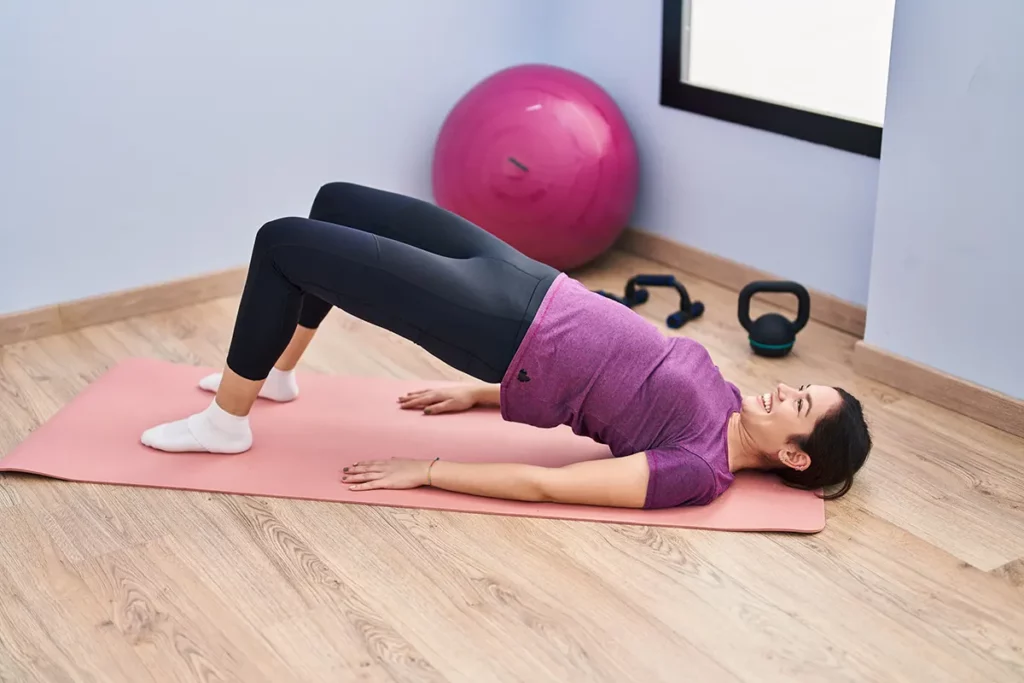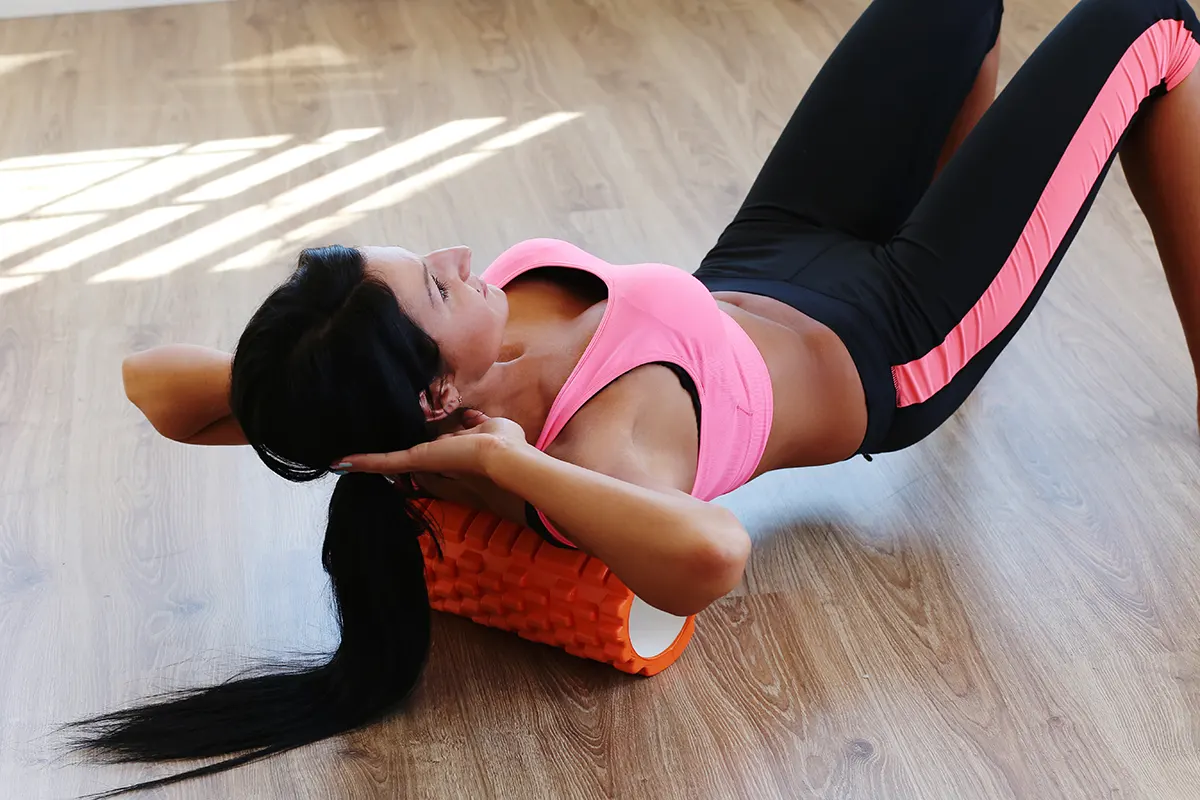Pelvic Floor Power: The Importance of Kegel Exercises for New Moms
Becoming a mother is a remarkable journey that brings immense joy and change, both physically and emotionally. Among the various adjustments new moms face, the importance of pelvic health often takes center stage. The pelvic floor, a group of muscles situated at the base of the pelvis, plays a pivotal role in supporting vital bodily functions, and as such, it demands special attention, particularly in the postpartum period.
Understanding the Postpartum Pelvic Floor:
The process of pregnancy and childbirth places unique stress on the pelvic floor muscles. These muscles support the uterus, bladder, and rectum, and they undergo significant stretching and strain during pregnancy and delivery. The hormonal changes that occur during and after childbirth also impact the tone and function of the pelvic floor.
In the postpartum period, many women experience issues related to pelvic floor weakness, such as urinary incontinence and reduced core stability. This is where Kegel exercises, named after Dr. Arnold Kegel who introduced them in the 1940s, come into play as a valuable tool for strengthening and toning the pelvic floor muscles.
The Basics of Kegel Exercises:
Kegel exercises involve the contraction and relaxation of the pelvic floor muscles. Identifying these muscles is the first step: imagine stopping the flow of urine midstream or tightening the muscles that prevent passing gas. Once you’ve located these muscles, Kegel exercises can be performed discreetly at any time, making them a convenient addition to a new mom’s daily routine.

Here’s a simple guide to performing Kegel exercises:
- Find Your Pelvic Floor Muscles: Sit, stand, or lie down comfortably. Identify the muscles by contracting as if you’re trying to stop the flow of urine or tighten the muscles around the anus.
- Isolate the Muscles: Focus on isolating the pelvic floor muscles without engaging the muscles of the thighs, buttocks, or abdomen.
- Contract and Hold: Squeeze the pelvic floor muscles and hold for a count of three to five seconds. Remember to breathe freely during the contraction.
- Release and Relax: Relax the muscles for an equal amount of time. This completes one repetition.
- Repeat Regularly: Aim for three sets of 10 repetitions each day, gradually increasing the duration of each contraction as your strength improves.
Benefits of Kegel Exercises for New Moms:
- Bladder Control: Strengthening the pelvic floor can help prevent and alleviate urinary incontinence, a common postpartum concern.
- Improved Intimacy: Kegel exercises can enhance sexual satisfaction by promoting pelvic floor tone and increasing sensitivity.
- Postpartum Recovery: Toning the pelvic floor contributes to overall core strength, aiding in the recovery of abdominal muscles after pregnancy.
- Prevention of Prolapse: Strong pelvic floor muscles provide support to organs, reducing the risk of pelvic organ prolapse.
- Enhanced Core Stability: A well-toned pelvic floor is integral to core stability, essential for everyday activities and exercise.
Incorporating Kegel Exercises into Daily Life:
One of the key advantages of Kegel exercises is their flexibility—they can be performed discreetly while sitting at your desk, waiting in line, or even during your baby’s nap time. Creating a routine, such as associating Kegels with a daily activity like brushing your teeth, can help ensure consistency.
Conclusion:
For new moms navigating the intricate landscape of postpartum recovery, prioritizing pelvic health through Kegel exercises is a proactive and empowering step. The benefits extend beyond the physical realm, positively influencing overall well-being and confidence. As with any exercise routine, it’s advisable to consult with a healthcare provider before starting, ensuring that the exercises are tailored to your individual needs and recovery process. By embracing the power of Kegel exercises, new moms can embark on a journey to strengthen, restore, and celebrate the resilience of their bodies in the beautiful tapestry of motherhood.





